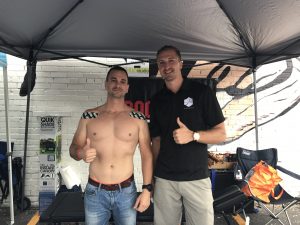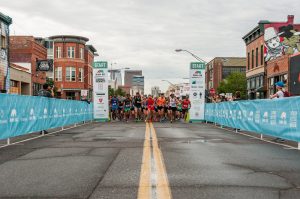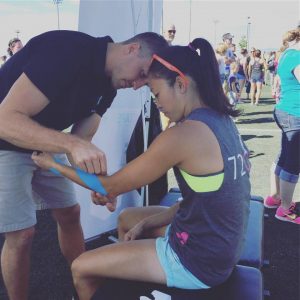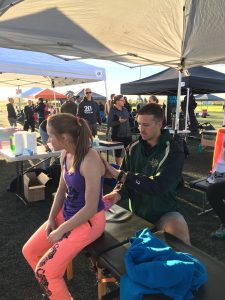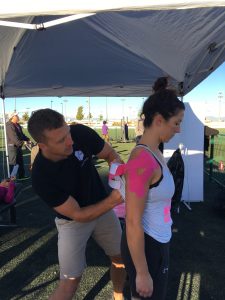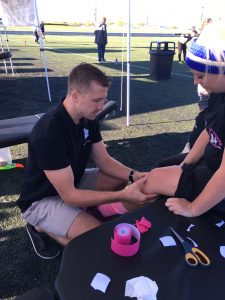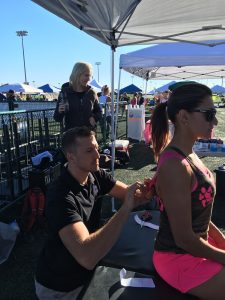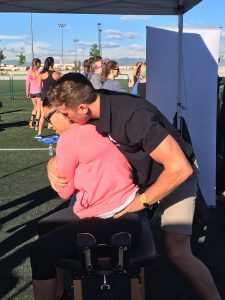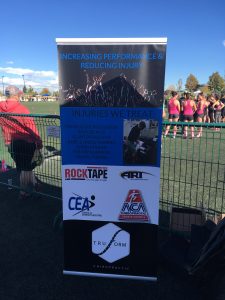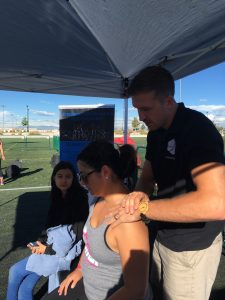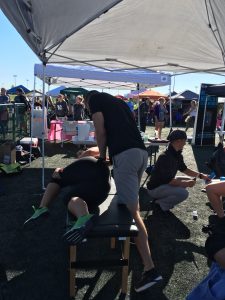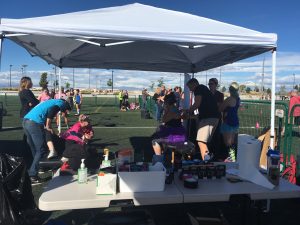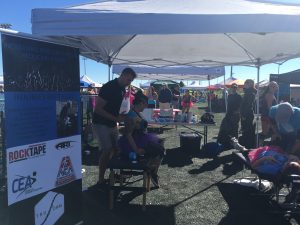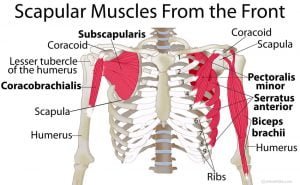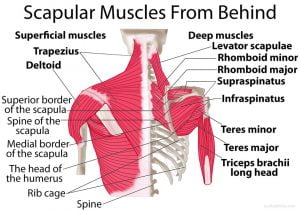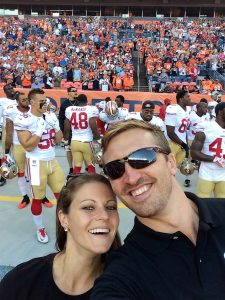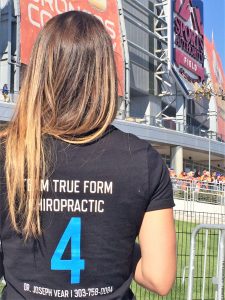By Dr. Joseph Vear
Blog, Featured
Best Denver Chiropractor, Cherry Creek Chiropractic, Chiropractic Denver, Chiropractor Denver, Denver Chiropractic, Denver Chiropractor, Glendale Chiropractic, Glendale Chiropractor, Shoulder Problems, Shoulder Stability, Sports Chiropractic, True Form, True Form Chiropractic Shoulder pain is a growing concern of many athletes today. Despite the level of competition – whether you’re exercising to maintain your health, a professional athlete, or the parent of an active, young athlete – the activities in our daily lives that involve shoulder mobility are countless. This information this information can be vital to not only your performance but also your everyday function.


Effective shoulder function requires proper motion, stability, muscle performance and motor control. In order for this to happen, the brain and the body need to be on the same page from a neuromechanical standpoint, this is where chiropractic care can help. By removing subluxations/misalignment’s in the spine, our body’s ability to relay this communication is improved and therefore, muscle function and stability (proprioception) of the shoulder joint are as well. However, this may not be the only problem that someone is faced with when dealing with shoulder problems. The soft tissue around the shoulder including muscles, tendons, ligaments and fascia also plays a vital role and therefore need to be addressed when treating someone with a shoulder complaint.
Altered shoulder motion can occur from a number of reasons, including but not limited to: injury, muscle imbalances/overcompensation, scar tissue, myofascial restrictions, overuse, nerve interference, improper training, atrophy, rib dislocation/subluxations and the list goes on. These issues, if not addressed, can lead to altered movement patterns and ultimately a laundry list of other problems. Here are just a few of these problems, shoulder impingement, rotator cuff injury, frozen shoulder, labral tear, thoracic outlet syndrome (TOS), osteoarthritis, bursitis, tynosynovitis, tendonitis, fibromyalgia and more.
The high complexity of this joint and its many muscular, ligamentous and myofascial attachments can create a nightmare of problems for any individual -, especially athletes trying to reach their peak performance. That is why it is extremely important for any individual who is or dealing with a shoulder complaint to seek appropriate help from a certified extremity expert when dealing with shoulder pain.
Here at True From Chiropractic, Dr. Joseph Vear has experience treating these issues, utilizing his training as a Certified Chiropractic Extremity Practitioner (CCEP), Active Release Technique (ART) provider and Rock Tape specialist, not only can he help you reduce your pain, but increase movement, function and stability of the shoulder as well.
For more information regarding the anatomy of the shoulder including muscular origin, insertion and function please follow the following link.

